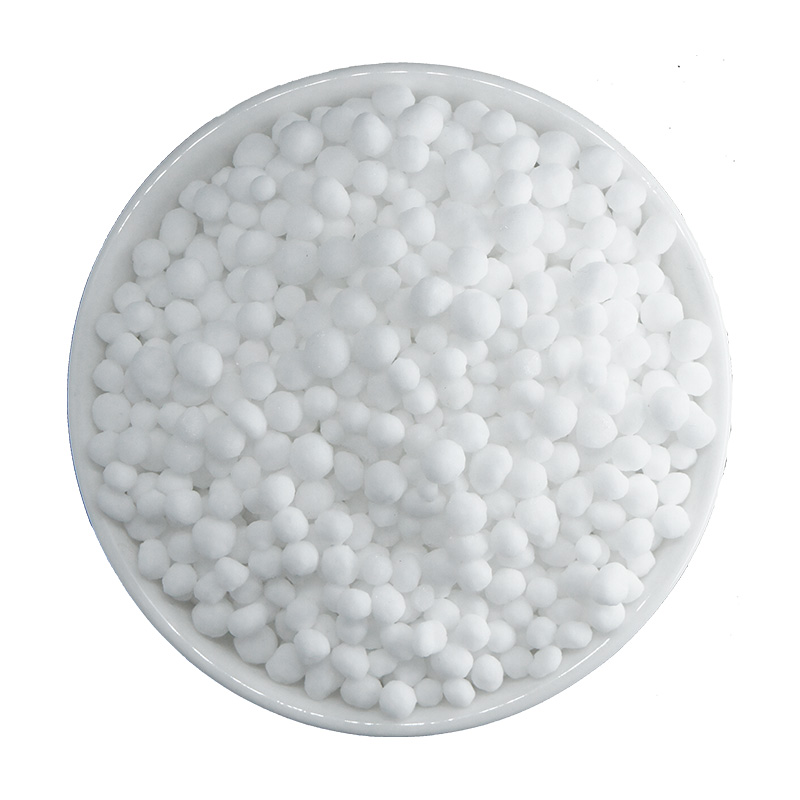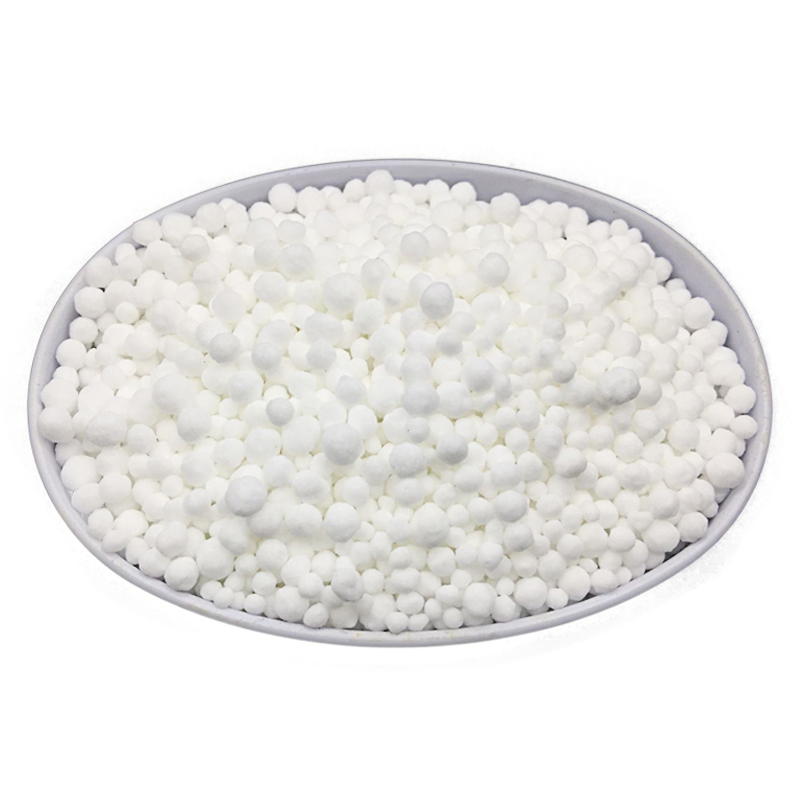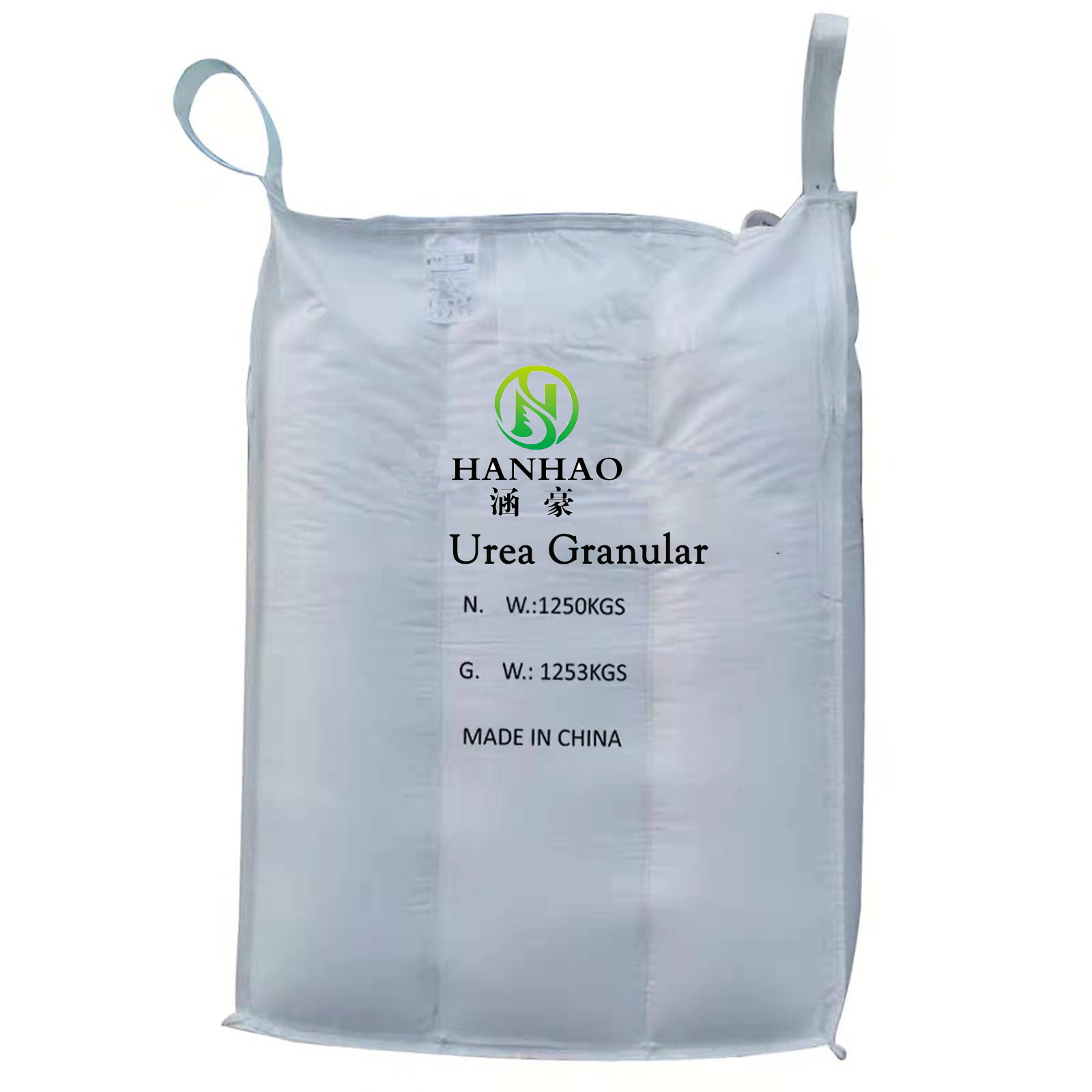
Oct . 19, 2025 11:15 Back to list
10 10 10 Fertilizer Organic: Balanced, Fast, Eco-Safe
Is 10-10-10 “Organic”? A Practical Look at Balanced Nutrition and Urea 46% in Real Fields
If you’ve ever googled 10 10 10 fertilizer organic late at night before planting season—same here. In retail aisles the label “organic” often rubs shoulders with 10-10-10, but here’s the insider truth: 10-10-10 simply means equal parts N-P-K, while “organic” (as in certified organic farming) has strict rules. Urea 46%—the workhorse nitrogen source discussed below—is an organic molecule in the chemistry sense, but not generally permitted in certified organic systems. Still, in conventional and regenerative programs, it’s a strategic tool.

Market trend snapshot
Two big currents: balanced NPK programs for early vigor and carbon-smart nutrition (coatings, inhibitors, biostimulants). Many growers pair a base blend like 10 10 10 fertilizer organic (when derived from natural inputs) with targeted nitrogen top-dressing from granular urea for price-efficiency and yield chasing. It’s not glamorous, but it works.
Product focus: Urea 46% Fertilizer Granular (Agriculture Grade)
Origin: A-713, Zhengyang city square, Chang’an district, Shijiazhuang, Hebei, China. UREA is a spherical white solid, 46% nitrogen as amide, infinitely soluble, widely used in crops, forestry, and industry. Non-toxic to mammals and birds—easy to handle. I’ve visited similar granulation lines; the scale is impressive.

Technical specs (typical)
| Parameter | Spec (≈) |
|---|---|
| Total Nitrogen (N) | 46.0% min |
| Biuret | ≤ 1.0–1.5% |
| Moisture | ≤ 0.5% |
| Granule size (2–4 mm) | ≥ 90% |
| Solubility | Fully water-soluble |
Process flow: Ammonia + CO₂ synthesis → urea melt → granulation/prilling → optional anti-caking/coating → screening → QC. Testing: N by Kjeldahl/Dumas (AOAC), biuret by HPLC/titration, size distribution by sieve. Service life: ≈ 24 months stored dry, cool, sealed; caking risk rises with humidity.

How it pairs with balanced programs
- Starter blends: Many use 10 10 10 fertilizer organic-style inputs (from natural meals/composted sources) for seedling nutrition, then side-dress with urea at V4–V6 in corn.
- Greenhouse/berries: Controlled spoon-feeding via fertigation; urea provides rapid N while organic P/K maintain soil biology.
- Turf: Early spring 10-10-10 for even color, followed by light urea passes for sustained growth—real-world use may vary.
Compliance note: Certified organic operations should verify inputs—urea is generally not allowed under USDA NOP. For conventional and regenerative, it’s fair game.

Vendor comparison (illustrative)
| Vendor | N content | Coating option | Certs | Lead time |
|---|---|---|---|---|
| HH Fertilizer (Hebei) | 46% ±0.5% | Anti-cake, slow-release (optional) | ISO 9001, REACH-ready | 10–20 days |
| Regional Trader A | 45.5–46% | Basic anti-cake | ISO 9001 | 2–4 weeks |
| Global Supplier B | 46% | SR/ESN on request | ISO 9001, ISO 14001 | 3–5 weeks |
Case notes from the field
Corn, Midwest US: Grower used 100 kg/ha of a 10 10 10 fertilizer organic-type starter (natural sources) at planting, then 120 kg N/ha as urea side-dress. Results: +0.8–1.2 t/ha yield over 3 strips, soil nitrate post-flowering within target bands. Turf complex, coastal city: Spring 10-10-10 base, followed by 0.5 lb N/1,000 sq ft as urea every 4–6 weeks—more uniform color, fewer clippings, according to grounds crew. To be honest, the simplicity is the charm.

Certification and QC
- Quality system: ISO 9001; batch COA with N, biuret, moisture, granule profile.
- Analytical: AOAC/Dumas or Kjeldahl; sieve analysis to ASTM-like tolerances.
- Regulatory: AAPFCO-compliant labeling; REACH data if shipping to EU.
Final tip: Whether you lean on 10 10 10 fertilizer organic inputs or conventional blends, match N timing to crop uptake and soil temps—cheap insurance against losses.
Authoritative sources
- FAO. Balanced fertilization and nutrient stewardship. https://www.fao.org/
- USDA National Organic Program: Soil fertility and crop nutrient management (§205). https://www.ecfr.gov/
- AOAC International. Official methods for nitrogen (Kjeldahl/Dumas). https://www.aoac.org/
- University of Minnesota Extension. Urea for agricultural crops. https://extension.umn.edu/
-
Sustainable Growth with Organic Phosphate Fertilizer | Benefits & Innovations
NewsNov.24,2025
-
Organic Phosphorus and Potassium Fertilizer: Sustainable Soil Nutrition & Global Impact
NewsNov.24,2025
-
Organic Phosphorus Fertilizer: Sustainable Nutrient Solutions for Modern Agriculture
NewsNov.23,2025
-
Sustainable Growth with Organic Phosphorus Plant Fertilizer | HH Fertilizer
NewsNov.23,2025
-
Organic Plant Meal Fertilizer for Sustainable Agriculture – Benefits & Innovations
NewsNov.22,2025
-
Organic Plant Root Fertilizer – Sustainable Solutions for Healthy Soils & Stronger Plants
NewsNov.22,2025
